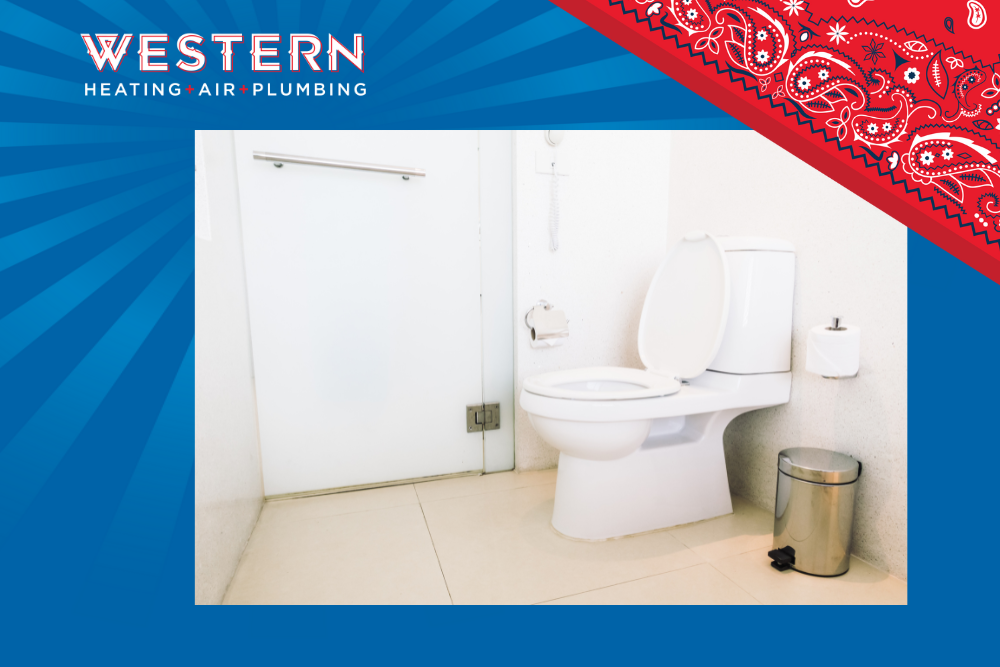Home Insulation Basics
The level of insulation in your home’s walls affects the amount of heating and cooling you need to stay comfortable. It does this by providing a resistance to the flow of heat (or thermal energy)
into and out of your house.
The resistance is called its R-value and the higher the value, the more effective the insulation is at keeping your indoor temperatures where you want it.
Hence, the decisions about what insulation to use, and what R-value you should have are critical and will impact the size of your equipment as well as the gas or electricity consumption
and cost. The long term operating costs must be weighed against the initial cost of the insulation.
The types of insulation depend on whether it’s new construction or whether you’re insulating an existing building.
Here are the main types of insulation used in home construction.
Insulating concrete forms (ICFs)
These are used for new construction or major renovations and additions. Typically found in unfinished areas like basements and foundations, these walls consist of interlocked hollow
blocks made of rigid foam. Concrete is poured into the spaces and the insulation becomes part of the structure itself.
Insulation board, or rigid insulation
This is usually made from polystyrene or polyurethane and is used in external walls, floors, ceilings, and roofs. It can be installed on the inside or outside of the main structure with gypsum
board or weather-proofing material over it. The advantage of board is that it can bridge thermal gaps created by structural frames and its R-value is high per inch of thickness. The main
disadvantage is that it is difficult to install in irregularly shaped locations where it leaves gaps.
Batt insulation
Batt insulation is cheap and is usually placed between studs in walls and attics. It is relatively cheap and easy to install, making it popular for renovations and homeowners who want to do
the work themselves. It can be made from mineral wool, natural fibers or fiberglass.
Blown insulation
For tight corners and areas where rigid or shaped insulation won’t fill, blown insulation is the best choice. It allows for insulation around obstructions and is installed using special equipment.
Blown insulation is not for do-it-yourself projects and must be done by a professional
The best heating and air conditioning system in the world is powerless against a poorly insulated home. If you need help with your home’s insulation for improved heating or cooling performance, give the Certified Comfort Experts at Western Heating & Air Conditioning a call at (801) 224-8899 or chat with us online at TimeForComfort.com.







